
Temperature data loggers are portable devices that collect and store data…
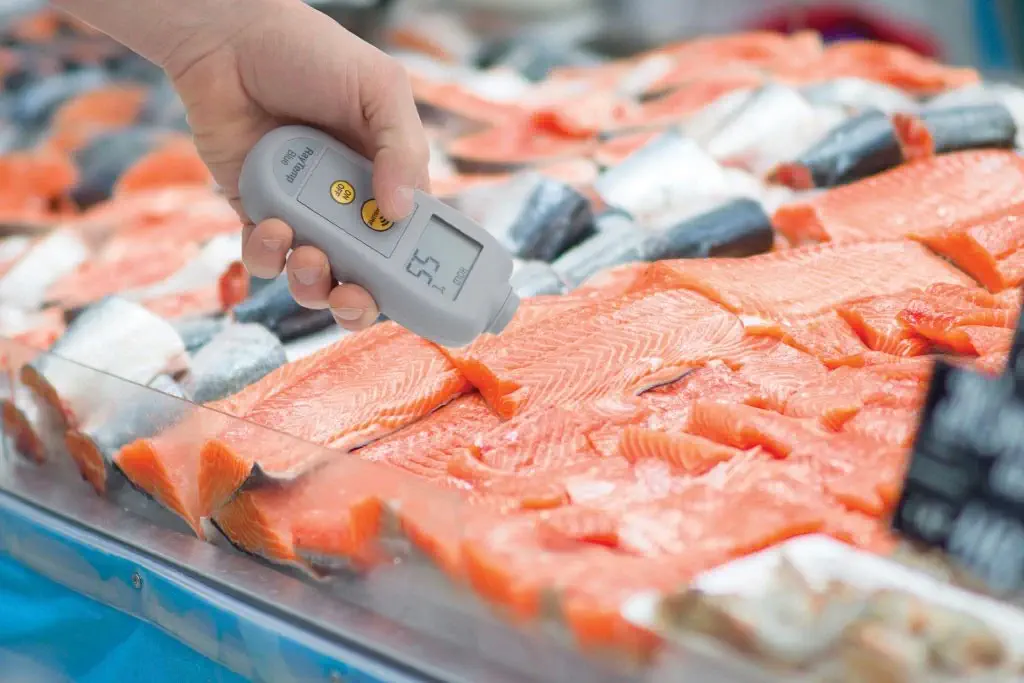
In a world where food standards are constantly evolving, ensuring the safety of your products is paramount. New techniques, stricter regulations, microbiological risks… the requirements are multiplying. Food thermometers are among the most widely used tools for ensuring that these requirements are met, and that food is cooked, stored and served at safe temperatures… Precision […]
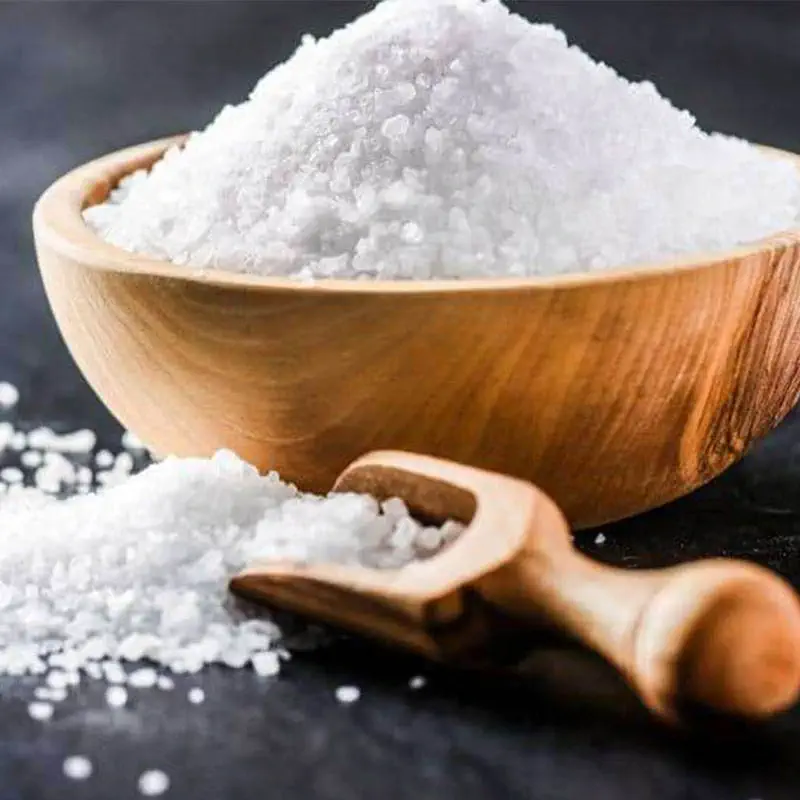
Whatever the season, the expression “salt in the kitchen” is on every Tunisian’s lips. Wherever we are in the kitchen or restaurant…
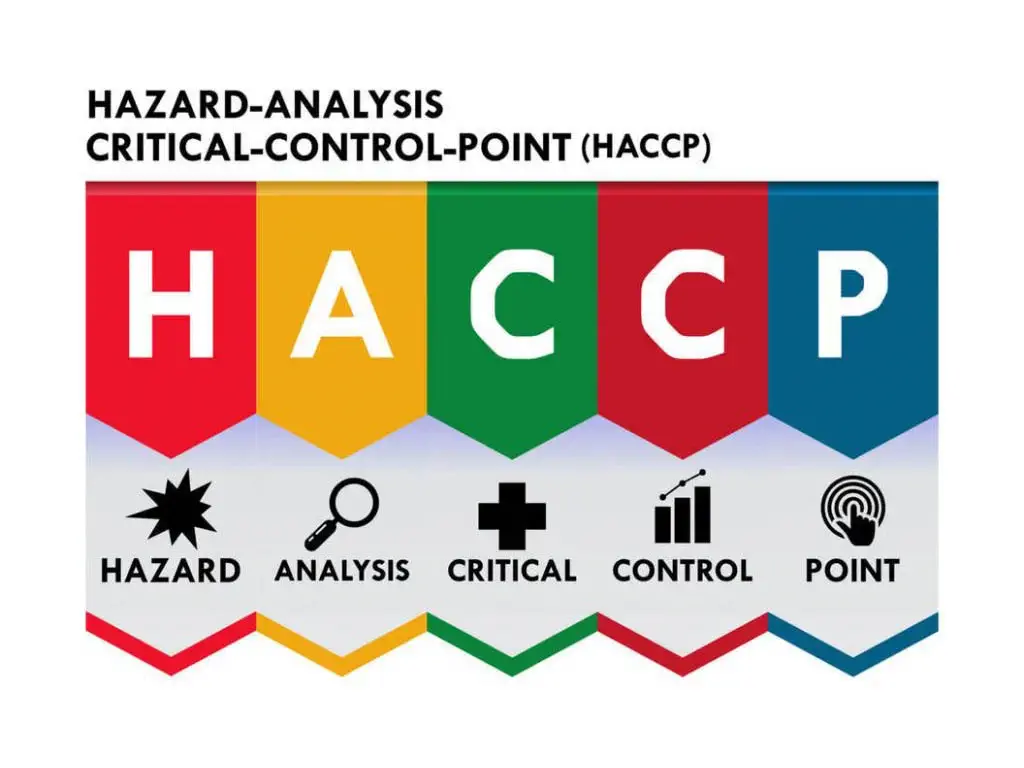
HACCP is a system that helps companies manage food safety. It involves identifying, monitoring and controlling food hazards in order to prevent their occurrence. Every company is different, so it must use HACCP principles to develop a food safety management system that applies to its own requirements. There are different types of food safety hazards […]
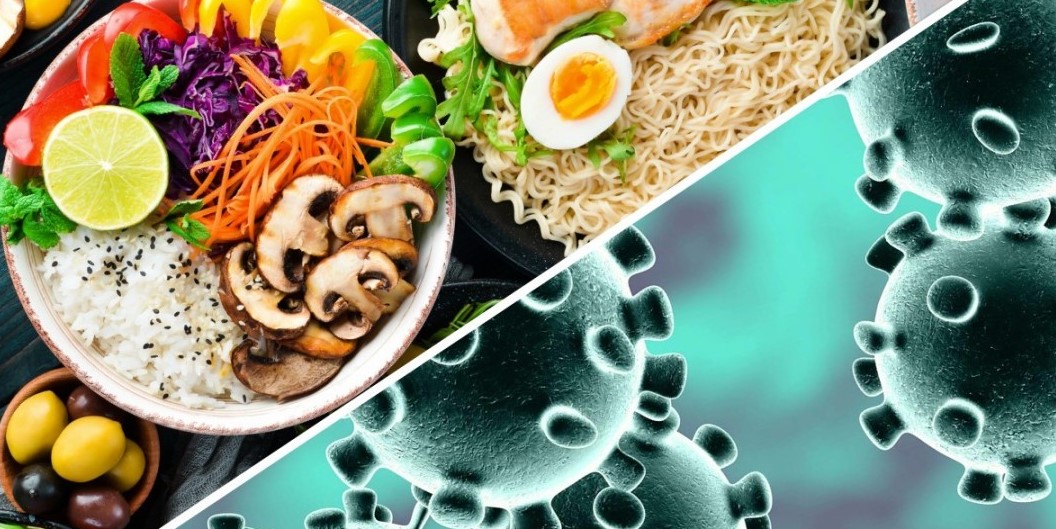
In all sectors involved in the handling, preparation or preservation of foodstuffs, temperature control is a central issue. Whether you work in a collective kitchen, a food laboratory, a hospital department or a supply chain, you face a daily responsibility: ensuring the food safety of the food you handle. The food hazard zone is a […]

How does the dairy industry guarantee quality through pH control? pH in the dairy industry is an essential indicator of quality, as it is an effective method for assessing freshness, safety and stability. It is also the tool of choice for ensuring sanitary and microbiological quality throughout the production chain. A balanced pH ensures the […]
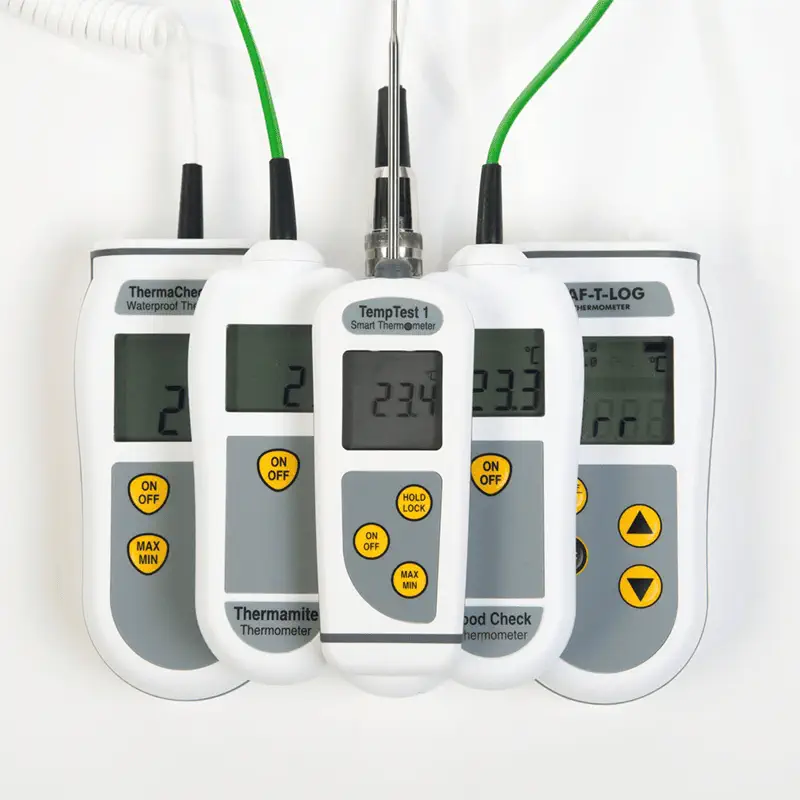
Finding the best digital thermometer for your application can be overwhelming, especially when there are so many different types, features and probes to choose from. But taking the time to get it right will ensure that your temperature checks are as accurate and painless as possible. By the end of this guide, you should be […]

AFRIMESURE prides itself on its ability to help customers easily and accurately measure the elements essential to their fields, including total and free chlorine. It’s important to note the difference between free and total chlorine. Free chlorine refers to the available forms of chlorine, such as hypochlorous acid and hypochlorite, which are added to disinfection […]
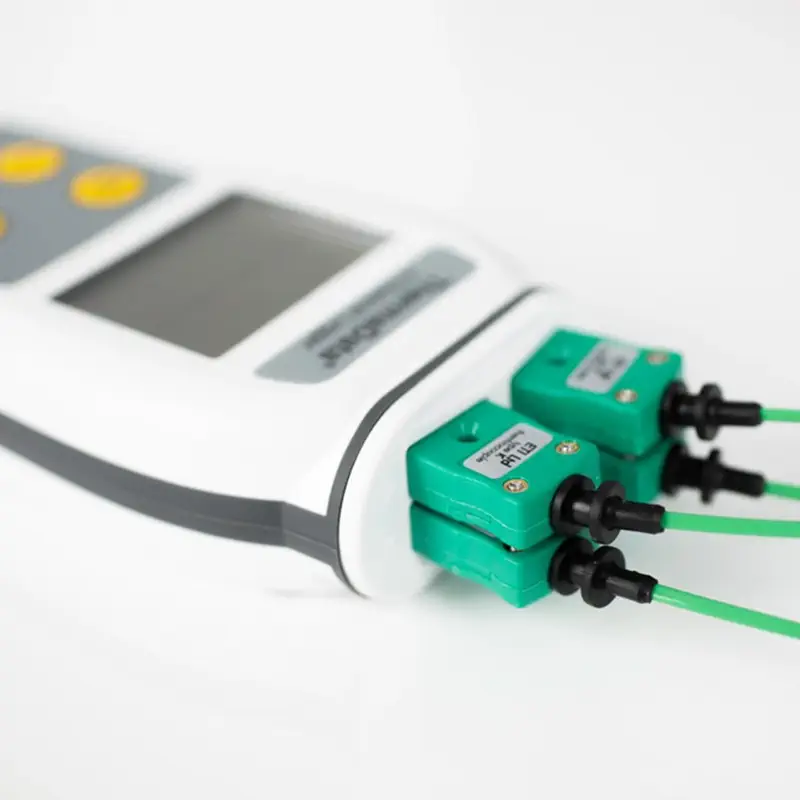
So you’ve just bought a ThermaData 4-channel data logger? Now it’s time to set up your instrument and start recording your temperatures. Read on to find out how, and how to download and display your data. How to set up your ThermaData recorder with 4 probes? The first thing you’ll need to do, if you […]

A good pH measurement technique is a bit of a grey area for some of our users.
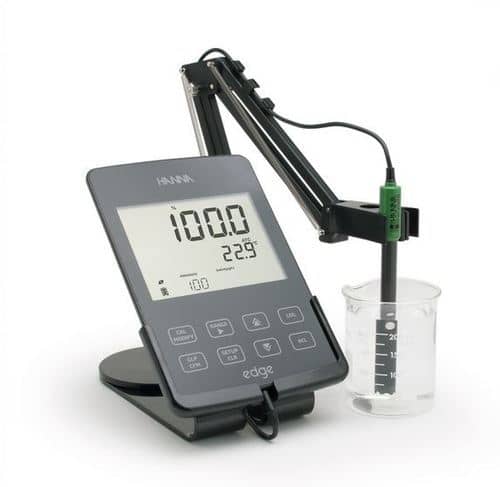
Best practices for your conductivity meter! Errors when testing conductivity? We’ve got the answers!

Determining the ripeness of tomatoes by measuring pH can help you reduce processing costs…

For more than a decade, Dertoit CMD Medical Center has struggled to provide surgeons and other healthcare professionals …
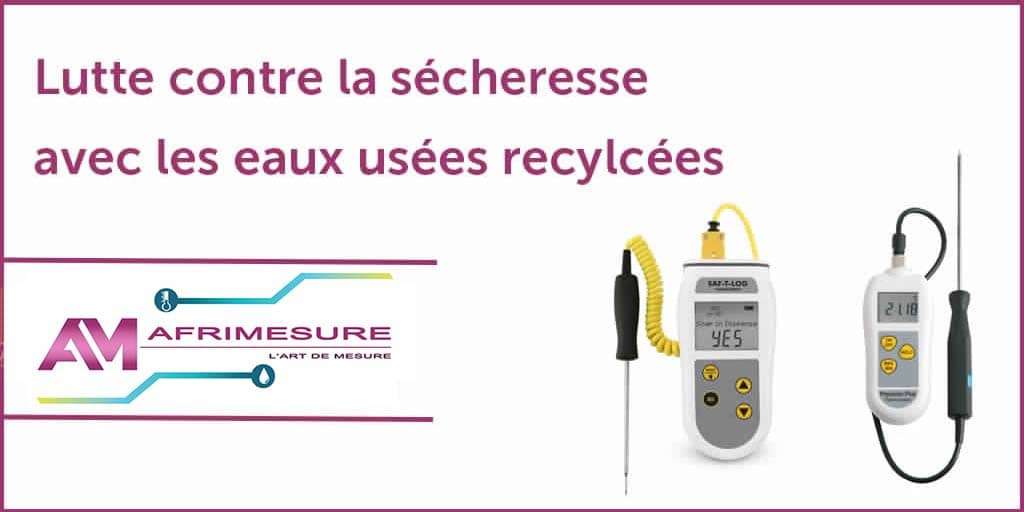
The state of California, ravaged by drought since 2012, is looking to manage its water resources…
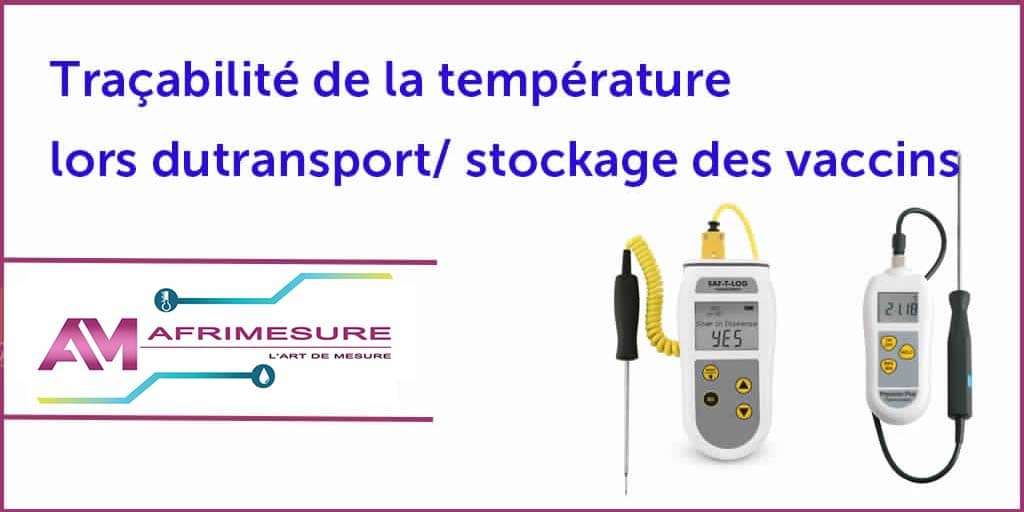
Vaccines are absolutely crucial to public health, but in developing countries…

Humidity and temperature are often controlled, as these parameters can have serious effects on the product.

Humidity and temperature are often controlled, as these parameters can have serious effects on product quality and production efficiency.

Humidity and temperature are often controlled, as these parameters can have serious effects on product quality and production efficiency.

humidity and temperature are often controlled, as these parameters can have serious effects on product quality and production efficiency.

Humidity and temperature are often controlled, as these parameters can have serious effects on the product .

Humidity and temperature are often controlled, as these parameters can have serious effects on the product.

Humidity and temperature are often controlled, as these parameters can have serious effects on the product.
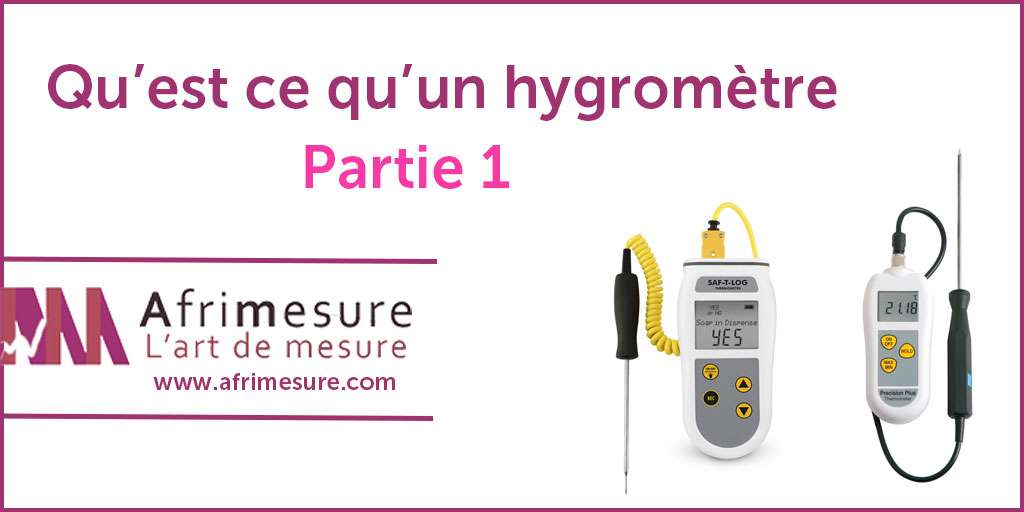
humidity and temperature are often controlled, as these parameters can have serious effects on the product .
Another important aspect here is the likelihood of changes in measurement properties leading to significant deviations in calibration results.
At what interval should I calibrate my instruments? It’s a question that’s always repeated, to be on the right track in terms of quality and even quantity.
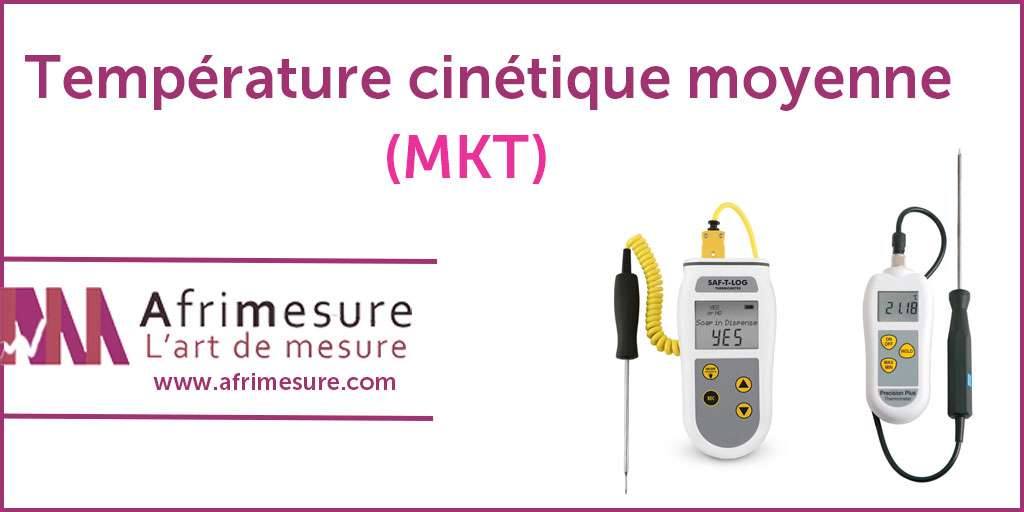
New terms are added every day, as international requirements evolve and new standards appear…

the temperature is often too high for operations managers…

The International Electrotechnical Commission (IEC) has created a standard for rating instruments based on their ability to protect their electronic components…

Biological contamination is by far the most frequent cause of food contamination in Europe…
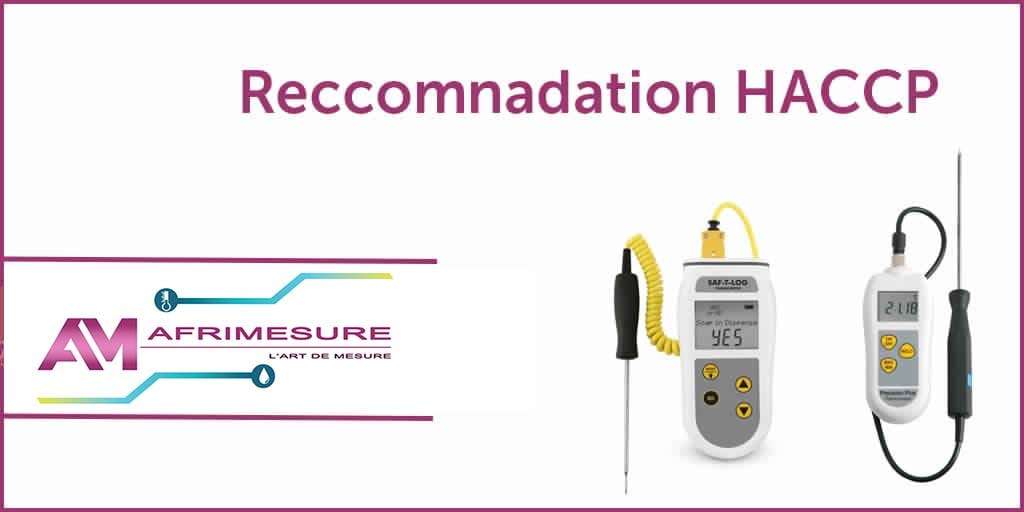
This is a requirement of European food hygiene legislation that applies to all food business operators, with the exception of farmers and producers…
Temperature recording is a very useful feature, especially when trying to determine whether a target has been kept within temperature limits…
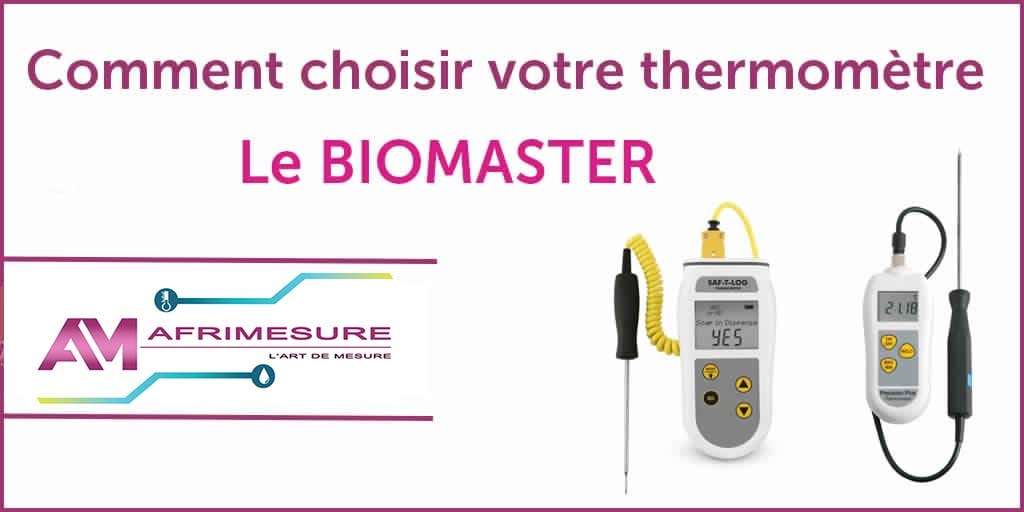
Biomaster antimicrobial technology is incorporated into our ETI thermometers during the manufacturing process.

Among these criteria, response time is a key element in choosing your thermometer.
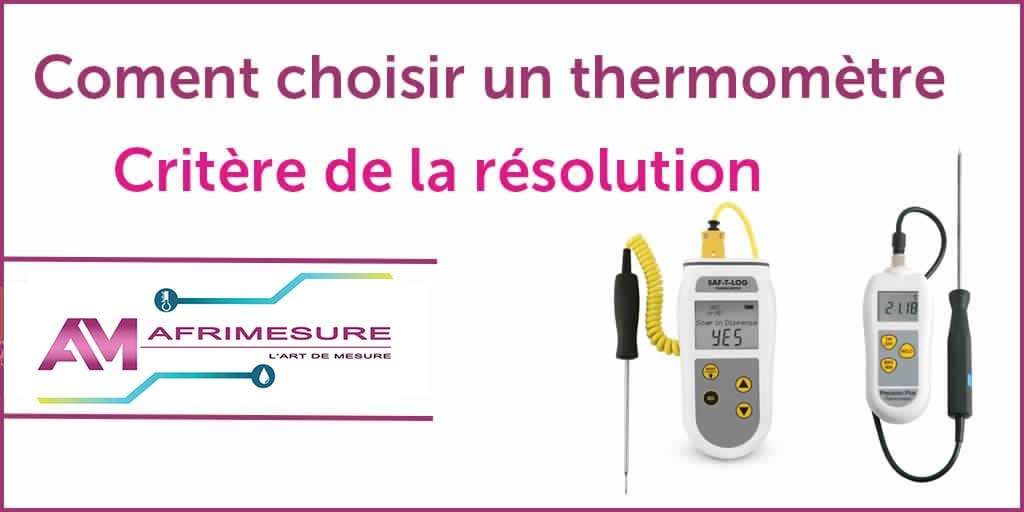
Reproducibility, precision and resolution are the basic elements on which all good thermometer technology is built.
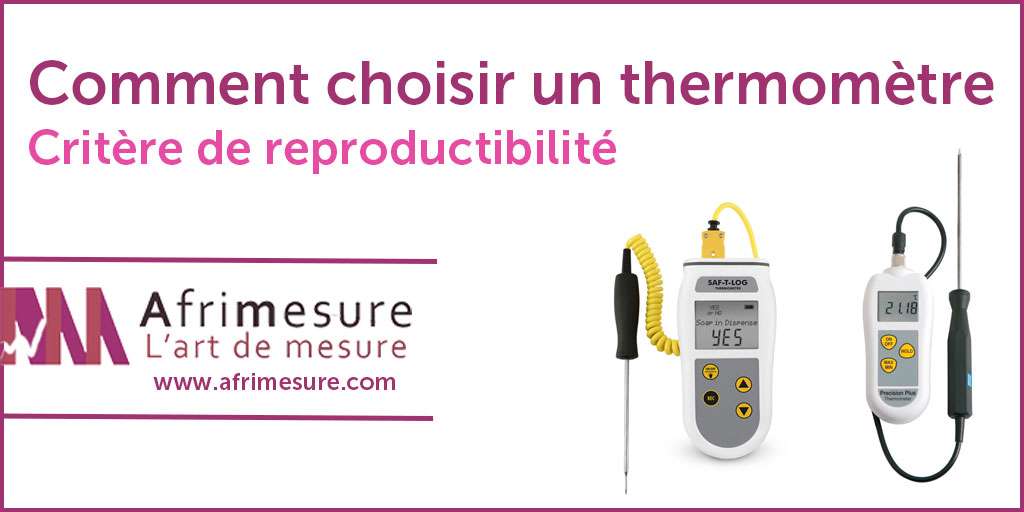
Among these criteria, reproducibility (or fidelity) is very important when choosing your thermometer…
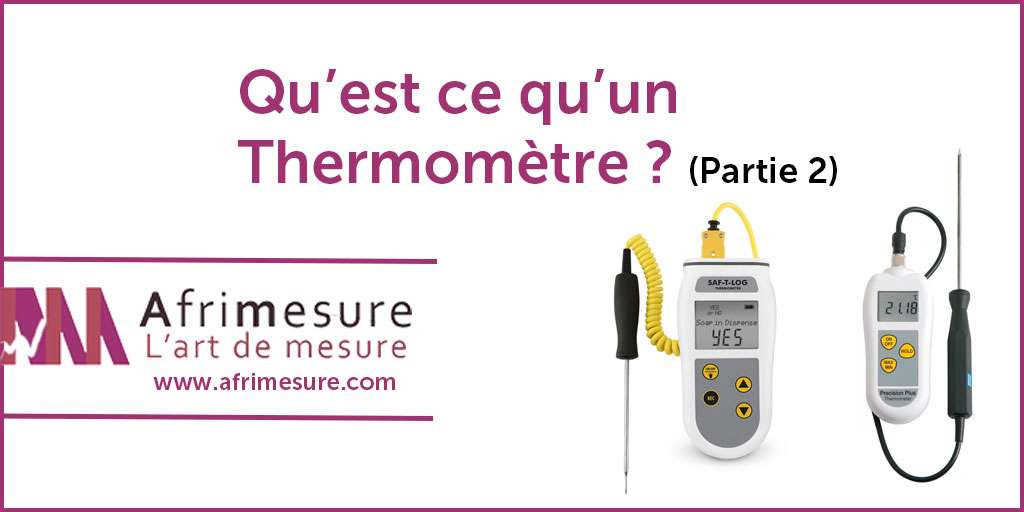
The materials used in these devices respond to temperature variations by varying their electrical resistance…

Regulatory bodies, institutional kitchens and food production operations have come to rely on the electronic thermometer.